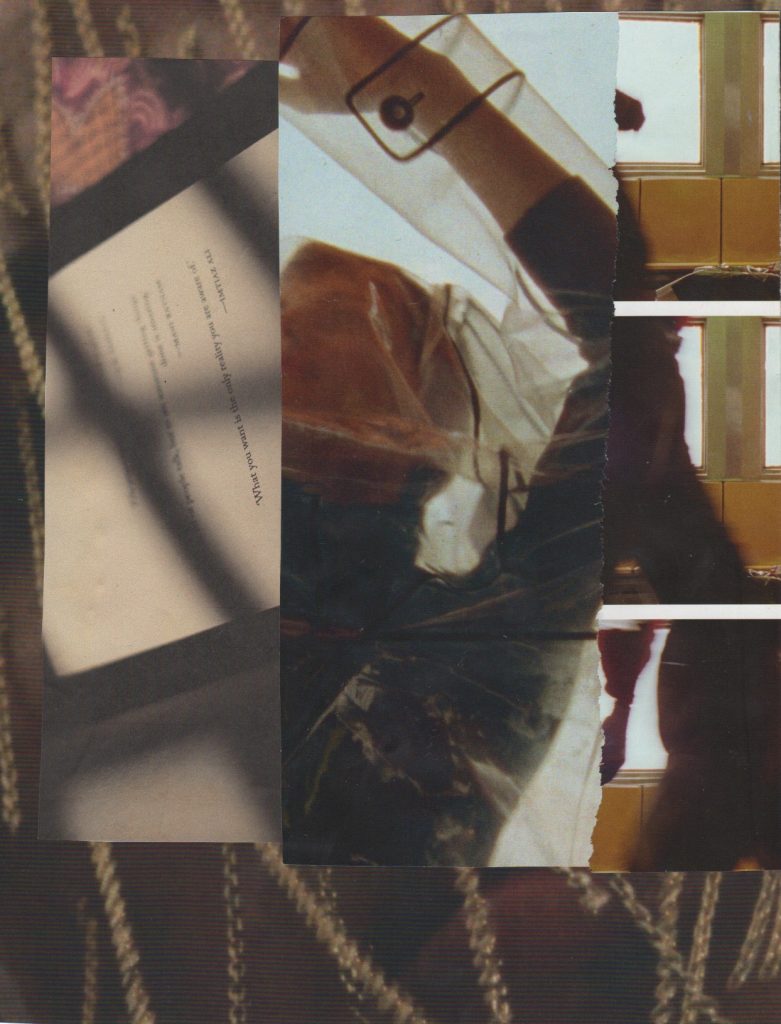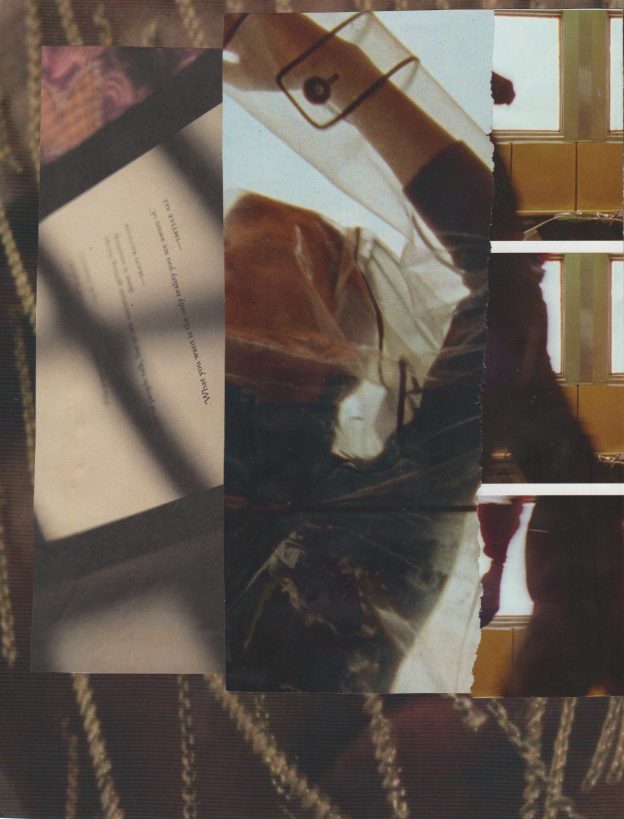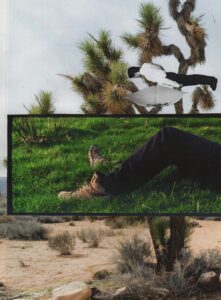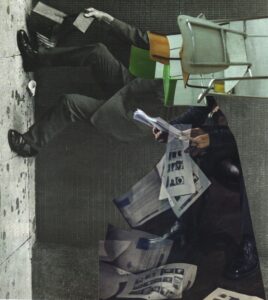“…reading is the easiest thing. It is effortless liberty, a pure yes that blossoms in immediacy.”
~ Maurice Blanchot
One of the most enduring memories of myself learning something in the early years of school, is a physics lesson on surface tension. It is the only thing I remember from several years of classes on physics, never truly warming up to the teachers, or to the general subject. The page where the title “Surface Tension” occurred, has stuck in my mind ever since. The boldness of the letters, the poor illustrations, the tepidness of the text. What remained with me forever is the mental image of this physical phenomenon.
A Wikipedia entry on surface tension describes it as “the elastic tendency of a fluid surface which makes it acquire the least surface area possible. Surface tension allows insects usually denser than water, to float and stride on a water surface.”
Before this definition occurs in the entry, one can read on top, “For the short story by James Blish, see Surface Tension (short story)”.
In his lecture on “Lightness”, collected in the magnificent book “Six Memos for the Next Millennium”, which Italo Calvino wrote in 1985 as part of a series of lectures to have been delivered in the Harvard University, passing away before he could do so, he writes:
“Certain literary inventions are memorable more for what their words evoke than for the words themselves.”
The other lectures are called Quickness, Exactitude, Visibility, Multiplicity. In each one of them, Calvino draws, from different literary texts, examples that in his view, not only embody these five qualities, but that any writing of the future should posses. Having read only the two first lectures, I am so profoundly aware of what lies in wait that, though not knowing what it is exactly, I am afraid I will have lost it forever once I finish reading the book.
The bond between myself and this thin book is tight with tension.
Reading is a time capsule. At its least appealing (albeit not to no avail), it mirrors the commonplace human struggle between a sense of obligation in relation to something, and the yearning to break free from something. There are books that have felt like a burden to us, made us want to rush to get out from, to finish them, to see them reach their climax. Every textbook we read, either because we had to, or because we needed to, falls in this category of reading experience. For most of us, our lives are filled with such reading experiences, if only by virtue of having grown up in schools, or any of its equivalents (compulsory reading-lists, religious or otherwise, for the taught-at-home kids, for instance.)
There is, however, another reading experience that one can have, and this is what the actual meaning of reading is. Some call it literary reading, or close reading, or critical reading. But none is a precise term, for every individual reader, wherever they may be, are islands unto their multiple selves, and represent a particular way of hanging out in time and space. Reading is a singular way we engage with the world and its content, in our minds. Reading is daring to be alone. It’s one of those capsules one confines oneself into for the pure pleasure of it, and perhaps out of a compulsion not from without, but from within.
D.W.Winnicott (1896-1971), who was a brilliant and influential British pediatrician, whose psychoanalytic observations of the interactions between mother and child still dominate the theory of psychoanalysis, is well-known for an essay, among others, called “The Capacity to Be Alone”. Commenting on this essay in an interview for The Paris Review, Adam Phillips, one of the best psychoanalytic writers living today, says:
…there’s something deeply important about the early experience of being in the presence of somebody without being impinged upon by their demands, and without them needing you to make a demand on them. And that this creates a space internally into which one can be absorbed. In order to be absorbed one has to feel sufficiently safe, as though there is some shield, or somebody guarding you against dangers such that you can “forget yourself ” and absorb yourself, in a book, say. Or, for the child, in a game. It must be one of the precursors of reading, I suppose. I think for Winnicott it would be the definition of a good relationship if, in the relationship, you would be free to be absorbed in something else.
This is what a pleasurable time spent in a time capsule can be about, absorption. Reading is an experience of absorption. Reading is a way in, and a way out, at the same time. We enter a text, absorbed, engrossed, or simply curious. Yet, we have the freedom to both, walk away with, and get out of, a sentence, a thought, a paragraph, an idea, or a real life circumstance, anytime we wish. We have been exposed, however, to a certain intimacy that is exclusively our own experience.
“Reading does not produce anything, does not add on anything [to the Book]”, writes Maurice Blanchot (1907-2003), the French writer and literary theorist, considered the most eminent and enduring influence in modern literary theory. Blanchot’s books are ultimate hideout places for me, ultimate terminals for absorption, and for infinite, obscure, pleasure. “Reading is not a conversation; it does not discuss, it does not question. It never asks of the book, and still less of the author: “What did you mean exactly? What truth, then, do you bring me?”. A genuine reading never puts the genuine book into question. But neither does it submit to the ‘text'”. Blanchot makes the distinction here between reading a literary and a nonliterary text. While the former “has its origin in art”, the other is a “tightly woven net of determined significations.”
The first is a novel, or a book of poems, among many other kinds, while the second, a textbook on Physics, or a manual on mental health disorders, for instance.
Reading can be also conceived of as an event, like a wedding, or an athletic discipline: a 100-meters sprint, a long jump, triple jump, high jump; a javelin throw, a hammer throw, a discus throw…
A marathon. Or fencing.
All of these being activities which use time and space creatively, contain it, grip it, and redirect it for a new purpose.
Reading is a place we go to, and it might just as well happen that we can no longer remember that, we feel the way we do, or act on thoughts we end up acting on – like ordering meals we do, without much thought but a mere memory of taste – because we have been so engrossed by an experience of reading. Because of the encounter with a phrase, a thought or an idea, or a string of words that align one after another so meaningfully, that we might just as well burst in tears, laughter, or anger.
If the horse whisperer uses the spoken word, we learn taming, and are tamed, by reading, even if we never quite admit, or even are aware of what, or who, has whispered into our eyes, our fingertips, and perhaps changed us so profoundly, and delicately, that the effect is only betrayed through a resistance, a refusal.
By reading again and again, we can in turn trace back and tame these resistances, our defense mechanisms. In reading, more so than in speaking or writing, we become more readily transparent and receptive, if only for the length of a page, or a book, to ourselves, to the others, and towards the world. We adjust to – rather than just seem to understand – our subjectivity, that of the others, as well as to the appalling objectivity of the world. Reading saves one from danger, just as it is dangerous. One can slip into a realisation, and be redeemed. One can, just as well, as a result of reading, come face to face with loss. To set the lost afire with loss – this, properly speaking, is what it is to read. Reading is the ultimate levitating experience, and is an abundantly available experience, if not the most available one. One can literally take a book and get lost, both physically and psychologically. The difference with, say, taking a car and getting lost, or a plane, or a new gadget, is that reading is not bound by a destination or a specific end. You don’t even have to finish a book in order to have read.
All you need is to surrender.
Sometimes I have flashes of a realization that I might have jeopardized – in the sense of risking something without a possibility of a return – several aspects of a single relationship, or forever transformed many different kinds of relations with things in my life, because of having read. Perhaps my life is at stake when I read, never knowing that what will shortly appear before my mind/my eyes/my fingertips, a word, a statement, a line, a verse, a sound, an idea, a concept, a thought, an image, a memory, a touch, a smell, a noise, a song, a person – will affect me deeply, directly (as an arrow through flesh, or a pinch) or indirectly, and straight into the slumber of my unconscious, arousing there unnameable bits and pieces that will leave me paralyzed, or exhilarated.
As such, reading can be an adventure.
1. https://en.wikipedia.org/wiki/Surface_tension
2. Winnicott, Donald W. (1965). The capacity to be alone. In The maturational processes and the facilitating environment, London: Hogarth/Institute of Psycho-Analysis.
3. https://www.theparisreview.org/interviews/6286/adam-phillips-the-art-of-nonfiction-no-7-adam-phillips
4. Blanchot, Maurice. The Space of Literature, University of Nebraska Press, 19825. Quignard, Pascal. “The Roving Shadows”, tr. by Chris Turner, Seagull Books, 2011
Written by SOKOL FERIZI
Originally comissioned and published by 212 MAGAZINE issue IDLE, August 2018

Artwork by KATE HOLFORD
© Copyright for all texts published in Stillpoint Magazine are held by the authors thereof, and for all visual artworks by the visual artists thereof, effective from the year of publication. Stillpoint Magazine holds copyright to all additional images, branding, design and supplementary texts across stillpointmag.org as well as in additional social media profiles, digital platforms and print materials. All rights reserved.



